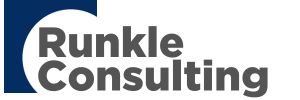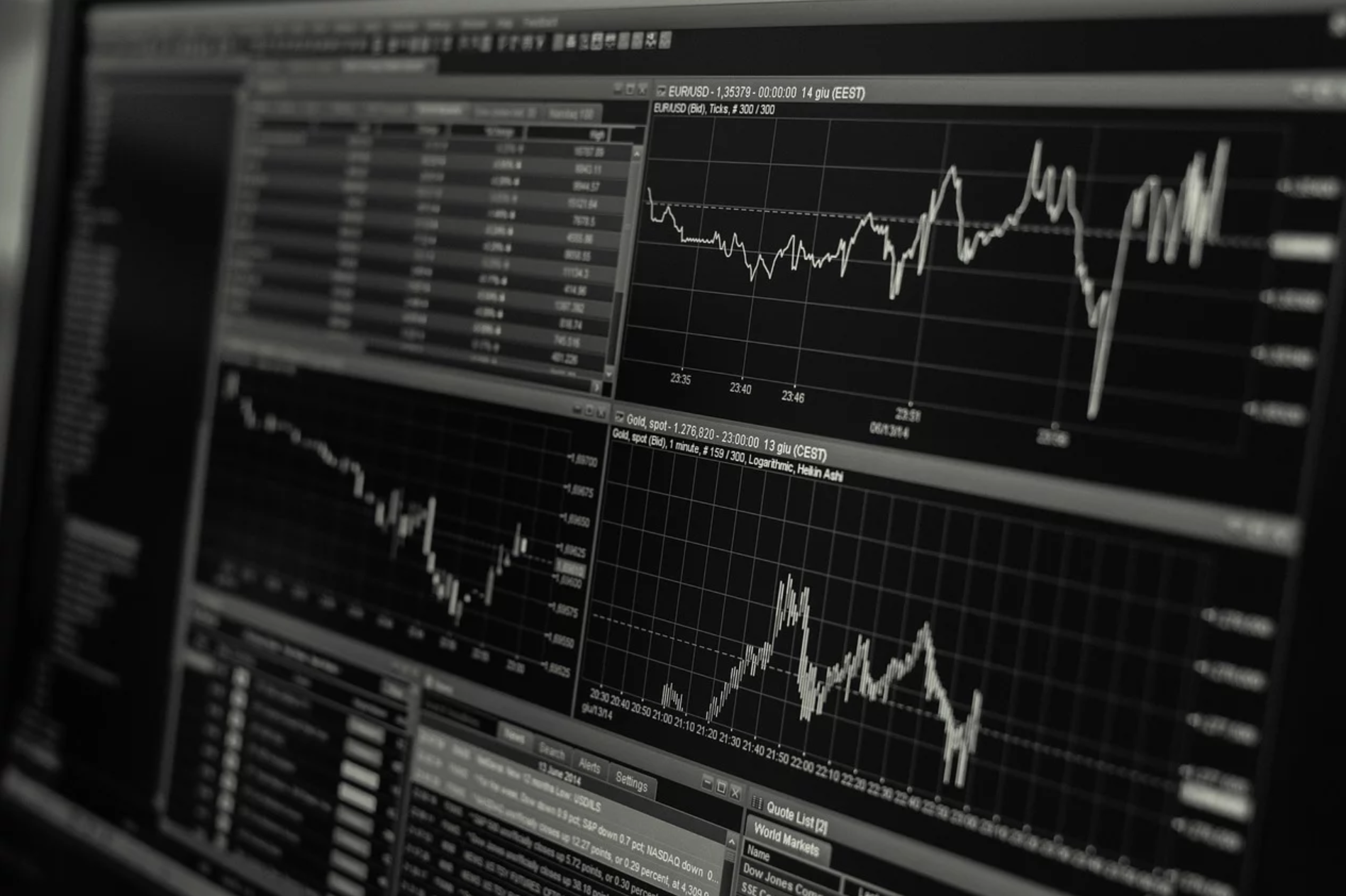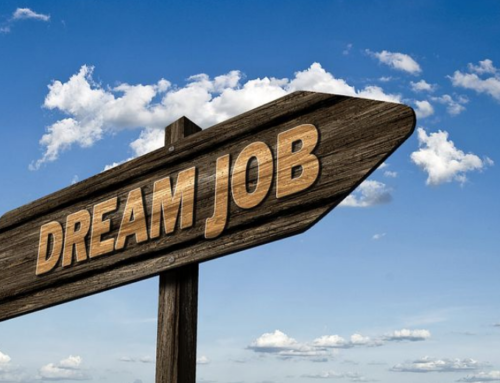If there is one thing that’s clear from my conversations with business owners recently*, it’s that while dealing with the immediate economic fallout of COVID-19 is rough, managing uncertainty for an unknown period of time is almost worse.
Fortunately, some economic projections are starting to emerge. On Wednesday, non-profit business research group The Conference Board published an analysis of three potential scenarios explaining when the country’s economy might recover, depending on when new coronavirus cases in the U.S. peak.
The most optimistic scenario is called the “May reboot,” which is achievable if new U.S. coronaviruses peak by mid-April, enabling widespread economic activity to resume in May. Here’s how that would affect the economy, according to the report:
- The economic side of the crisis would only last six weeks, leaving many industries relatively unscathed, though industries like entertainment, recreation, and transportation would still take large hits.
- Unemployment would rise to 8 percent by Q3.
- Overall consumer spending would decline 2.5 percent this year, compared to 2019.
- The report projects “strong declines in investments, exports, and inventories until the second half of the year” in this scenario.
The second scenario, called the “summertime V-shape,” would likely occur if new U.S. coronavirus cases peak in May, leading to an economic restart by July:
- Retail trade, wholesale trade, and manufacturing would join the list of hardest-hit industries.
- The economy would contract by a massive 35.6 percent during Q2, leading to an unemployment rate of 15 percent by Q3.
- Recovery would also be sharper, thanks to increased summer activity after the virus peaks.
The third scenario, the “Fall recovery,” assumes that the U.S. successfully flattens the curve, controlling the rise in new coronavirus cases and easing the strain on the country’s health care system. This would likely reduce the total number of fatalities, the report notes, and would be the harshest on the U.S. economy, as a reboot wouldn’t be feasible until September:
- Finance, insurance, and professional/business services would join the list of hardest-hit industries.
- Consumer spending would drop by 38 percent in Q2, only recovering 18.5 percent by Q4. Investment and exports would follow similar patterns.
- The economy would contract by 6 percent this year compared to 2019, the largest such decline since 1946. By comparison, in 2009, the economy only shrunk 3 percent compared to a year prior.
- And a caveat: Those numbers assume that the coronavirus won’t return in full force during the fall.
In even the most optimistic projection, economic activity across the country will be down this year. The latter two scenarios, however, are more likely, the report notes.
Knowing these tough scenarios obviously doesn’t make your job any easier, but it’s better to know what might be coming than operate in the dark.
* via Inc.com






